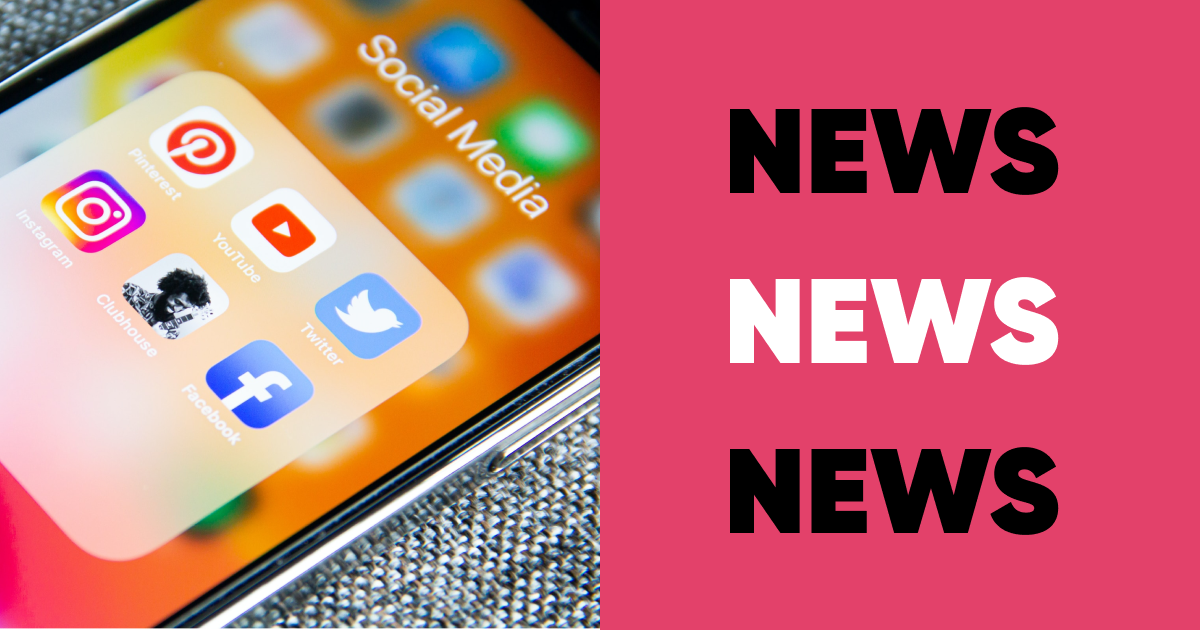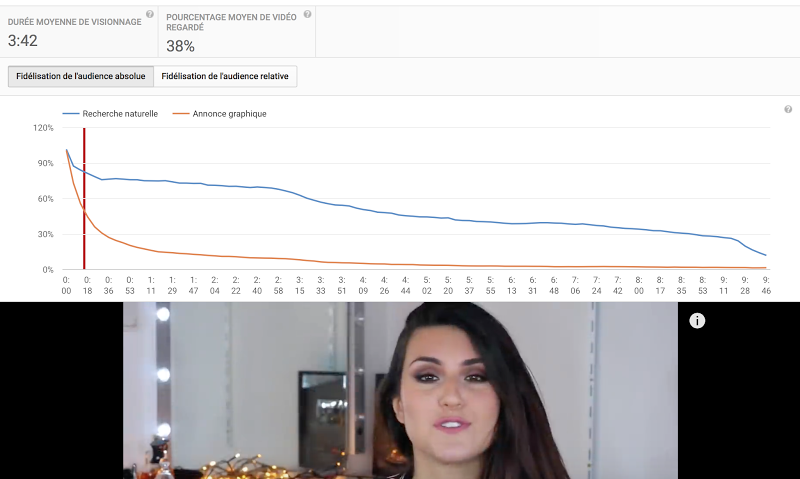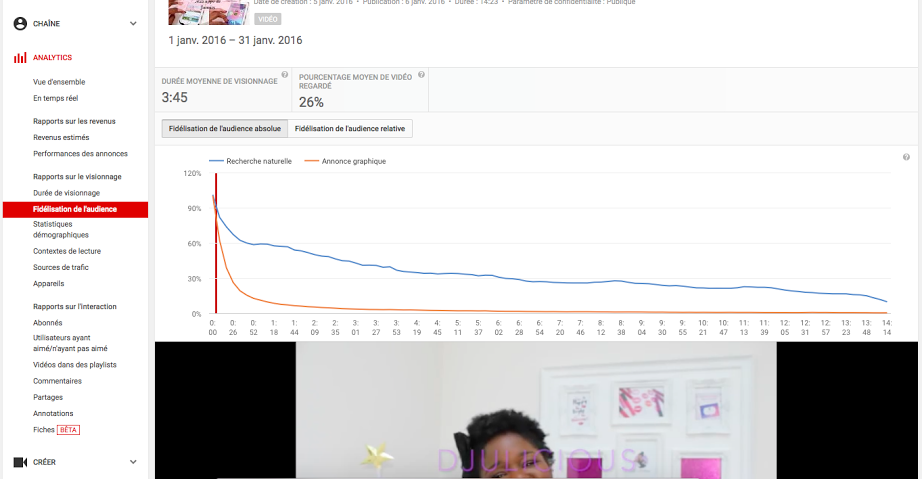
YouTubers: the best way to reach your marketing objectives (versus traditional paid media)
We measured the impact of campaigns with YouTubers and compared it to “classic” paid media on YouTube. The results are enlightening and sorted from 1 to 10. You will see why later on in the article.
What are the key ingredients of a successful campaign?
The following 3 elements are essential to success:
- Reach: for a campaign to be successful, it must be seen.
- Legitimacy (or its consequence, targeting): the person delivering your message must be legitimate. Indeed, advertising lipsticks in USA Today Sports Weekly would not be a good move!
- And finally relatability (or emotion): the fact that the target audience feels close to the media will give the campaign more impact. If your friend tells you to ‘go see this movie, it’s great and you’ll like it’, you’ll believe them more than the Metacritic rating.
About reach: we’ve known since 2015 that Youtubers can have more audience than popular websites.
Regarding legitimacy, it appears that Beauty YouTubers (for example) have become as legitimate as bloggers and are increasingly involved with brands on product launches.
And finally, the emotion: YouTubers who are followed by millions of fans have created real communities and are close to them. The relationship they develop with their audience is almost intimate.
Now how do we measure the impact of relatability?
We recently carried out an interesting experiment that allowed us to see that the impact is simply HUGE. Here’s how we did it:
- A YouTuber made a video showing her apps on her mobile phone (https://www.youtube.com/watch?v=Jc8m5uw557M). This video was uploaded to her channel and was seen by her community several tens of thousands of times. This is what we call ‘earned’ audience i.e. the audience built up over time.
- One week after she uploaded her video, we started a sponsored link campaign on YouTube set to be shown to a similar target (women 15 – 40 years old) BUT without this target being subscribed to this YouTuber. This audience was a paid target audience. There was no connection, no proximity to the audience of the YouTuber (just the right targeting). Note that this is the same video – the only difference is that it was promoted on YouTube via links as shown in the picture below.
- We then compared the YouTuber’s audience (blue curve) and the ‘paid’ audience (red curve) to see how long each type of audience stayed on the video on average. The result is enlightening:
As you can see, around 50% of the YouTuber’s audience carried on watching after half of the video while only 5% of the paid audience stayed. Halfway through the video, people who have a close relationship with the YouTuber are 10 times more attentive than those who come across it via paid media.
To be sure of the surprising result learned from this experiment, we repeated it with another video of the same type. The results confirm it.
With this experiment, we were able to empirically estimate the impact of relatability when doing campaigns with Youtubers. This aligns with hundreds of customer case studies which each time showed a strong impact on sales, registrations, downloads, brand awareness…
Brands: what conclusion can be drawn?
- Firstly, place your key messages at the beginning of the video!
- You can pay to promote your videos, but you will need to choose the right style of content (strong message, easy to watch to the end as attrition is very high) … and measure the real cost of paid media compared to the attrition rate (if attrition is very high, the relative cost can become exorbitantly expensive).
- In light of this, we recommend you focus on the earned audience of YouTubers. It’s a guarantee of high user attention thanks to the ‘relatability’ factor.
Influence4You has become a reference for campaigns on YouTube since 2015. We help brands work with YouTubers in the high-tech, video game, fashion, beauty and lifestyle fields.
If you want to set up a campaign, please contact us!


